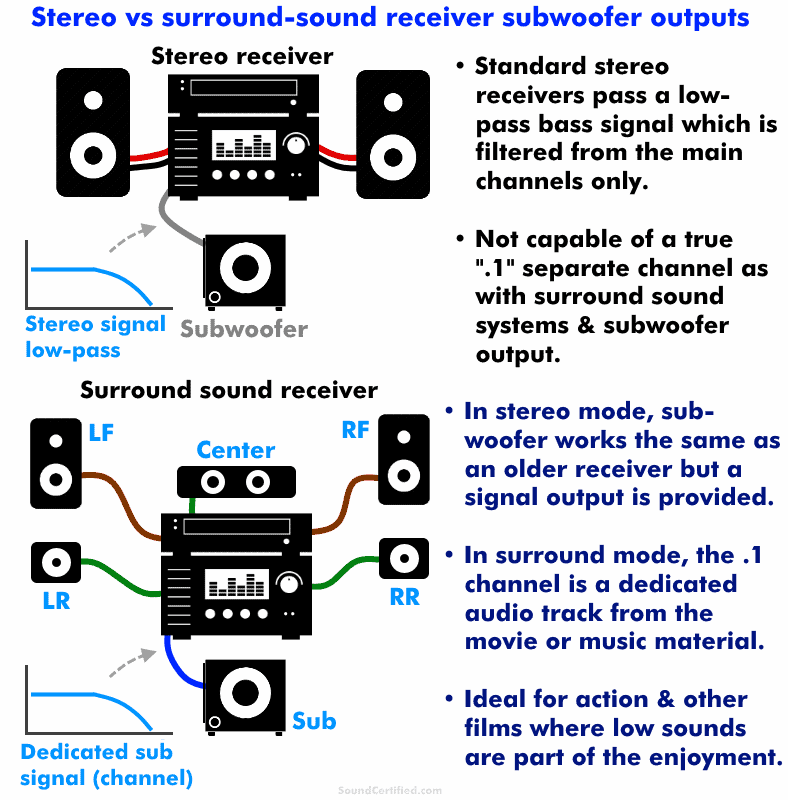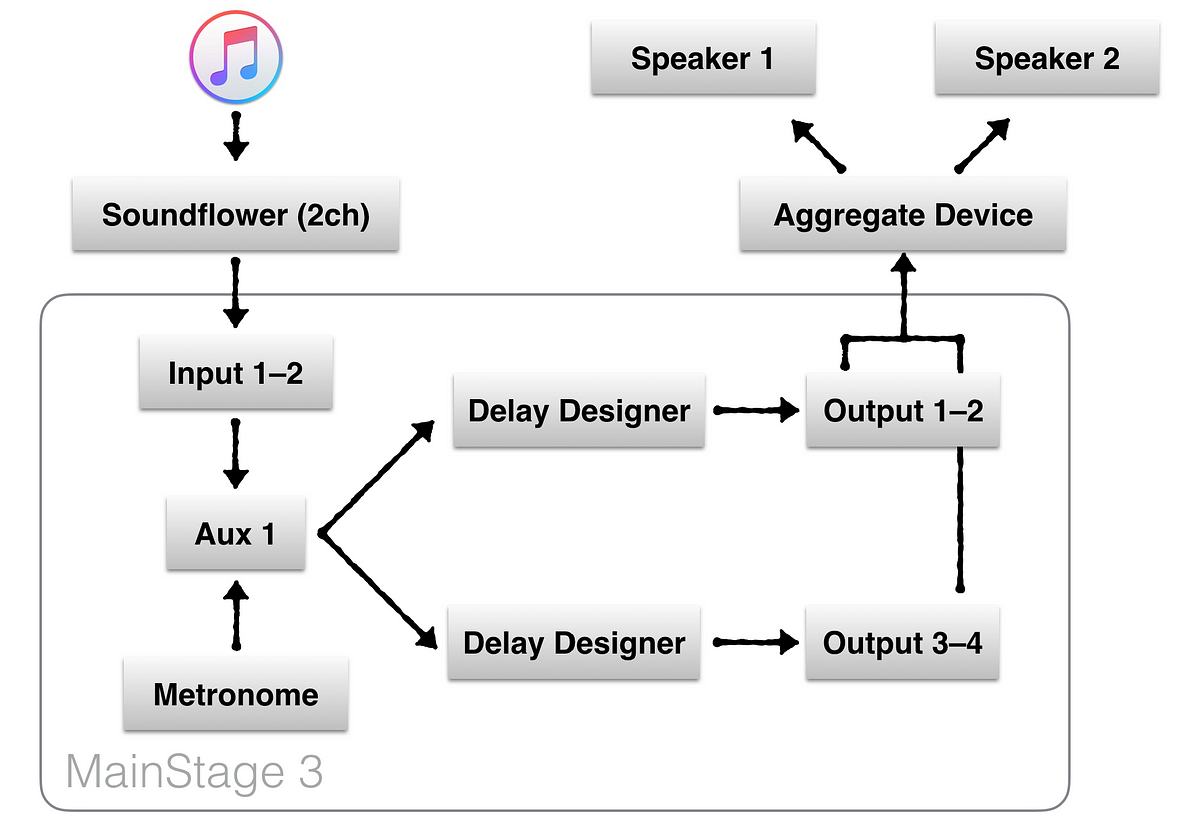Setting Crossover Mac Multi Output
Audio MIDI Setup User Guide
- Setting Crossover Mac Multi Output Device
- Setting Crossover Mac Multi Output Cable
- Setting Crossover Mac Multi Output Software
- Setting Crossover Mac Multi Output



. Pre-Crossover Delay For Aligning The Sound System To The Stage Backline. Crossover With Support For Full Range, 2-Way, & 3-Way Configurations. Stereo 8-Band Output Parametric EQs For Speaker Tunings. Stereo PeakPlus™ Output Limiters. Stereo Output Driver Alignment Delays For 2-Way & 3-Way Systems. Real-Time Analyzer. The passive crossovers will then further divide the frequencies between the tweeter and midrange (or tweeter, midrange and woofer in case of a 3-way component set). The subwoofer does not have a supplied passive crossover, use a Low-Pass Filter to block the high frequencies from being sent to the subwoofer.
Setting Crossover Mac Multi Output Device
Use Audio MIDI Setup to set up audio input and output devices, such as microphones and multichannel audio interfaces. You can also use it to route audio from iOS and iPadOS devices directly into your Mac.
Available settings in Audio MIDI Setup depend on the audio device you’re using. For example, you can adjust the volume for each channel your audio output device has available.
Connect your audio devices to your Mac and, if necessary, install any software included with the devices.
In the Audio MIDI Setup app on your Mac, in the sidebar of the Audio Devices window, select a device.
Note: For iOS and iPadOS devices, first click Enable, then select the device. You may be asked to unlock your device with a passcode or to trust the device.
Control-click the device, or click the Configure Selected Device pop-up menu at the bottom-left of the sidebar, then choose how the device is going to be used:
For sound input: Choose Use This Device for Sound Input.
For sound output: Choose Use This Device for Sound Output.
For playing system sounds: Choose Play Alerts and Sound Effects Through This Device.
On the right side of the Audio Devices window, choose the options available for the device you selected:
In most cases, “Clock source” is set to the default.
Click the Format pop-up menu, then set the sample rate and bit depth. Make sure they match the appropriate settings for your audio device.
If your Mac supports the hardware sample rate converter, the Hardware Rate Converter pop-up menu is available in the Input pane. When you choose Automatic from the pop-up menu, the hardware sample rate converter is turned on if the audio samples coming in are PCM and formatted according to the international standard IEC 60958-3. The hardware sample rate converter is turned off if the input stream is encoded. You can also choose Enable or Disable from the menu, to keep the hardware sample rate converter turned on or off.
If software volume control is available for your device, the Volume sliders appear blue to indicate that they’re active. Drag the sliders to set the volume for each channel.
To set up a surround (multichannel) speaker configuration, click Configure Speakers, then set up the configuration.
Setting Crossover Mac Multi Output Cable
Setting up multiple monitors onto your MacBook Pro, MacBook Air, or even iMac is very simple and easy. All you need to do is follow the in depth video tutor. To change your primary display, head to System Preferences Displays, and then click the “Arrangement” tab. One of the displays will have a white bar at the top of the screen. Click and drag this white bar to set another display as the primary monitor. When setting the output gain levels on our line converters (LC2i, LC6i, LC7i, LC8i, LCQ-1 etc) our goal is to match the gain output, with the gain input sensitivity of your aftermarket amplifier. The idea is to send the hottest signal possible out of the converter, without distorting the output of the converter, and also not going over the.
Setting Crossover Mac Multi Output Software
